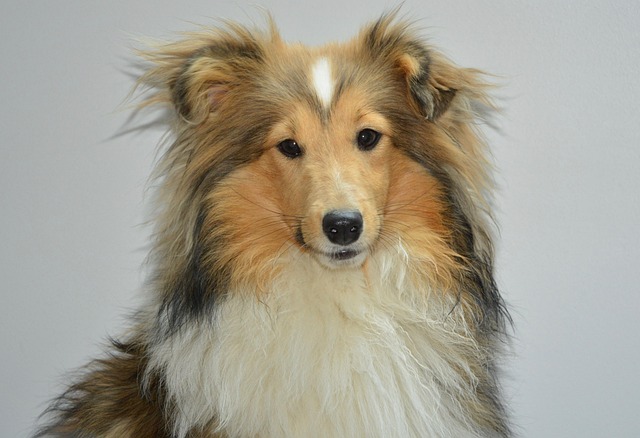
What are symptoms of parvo in dogs?
New puppy owners often worry about hidden health threats, and parvo is one that strikes fear into many hearts.
If you’ve got a tiny pup like a Pomeranian, Dachshund, or French Bulldog, you might be asking: Is regular adult dog food a good fit for them? The answer is yes—but only if it’s specifically formulated for small breeds. Generic adult dog food often misses the mark for small dogs’ unique needs, while the right small-breed adult formula keeps them energetic, maintains a healthy weight, and supports their tiny bodies. For new U.S. dog owners, especially those in apartments where small breeds thrive, picking the right adult food is key to their long-term health.
Small dogs (typically under 22 pounds) have faster metabolisms than larger breeds—they need more calories per pound to keep up with their busy energy levels. Their jaws and teeth are also much smaller, so big kibble pieces can be hard to chew or even a choking hazard. Plus, they’re prone to dental issues and obesity, so their food needs to be nutrient-dense but portion-controlled. My neighbor learned this the hard way: She fed her 4-pound Yorkie, Buster, regular adult kibble, and he started refusing meals because the pieces were too big and became lethargic from not getting enough calories. Switching to a small-breed adult formula turned things around—he now scarfs down his food and runs around the apartment again. Generic adult food often has lower calorie density and larger kibble, which just doesn’t work for these tiny pups.
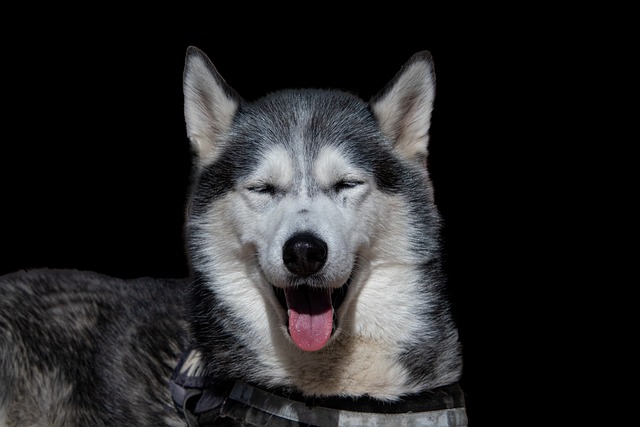
When shopping, look for labels that say “small breed adult” or “toy breed adult.” Check the kibble size—it should be pea-sized or smaller, easy for their tiny mouths to handle. Prioritize formulas with high-quality protein (like chicken, turkey, or fish) as the first ingredient, and avoid those with lots of fillers (corn, wheat) or added sugars. For apartment owners, portion control is crucial—small dogs gain weight easily, so follow the feeding guide on the bag (usually ¼ to 1 cup daily, split into two meals) instead of free-feeding. Use mealtime as a training chance: Give a few kibbles as rewards for sitting or staying—positive reinforcement is perfect for small, eager breeds, and never scold them for being picky; try adding a splash of warm water to make food more enticing.
Before taking your small dog for daily walks, confirm their rabies vaccine is up to date—required in all U.S. states—and core shots are current. Always carry poop bags: leaving messes in apartment hallways or parks isn’t just rude; cities like New York fine owners up to $200, and even small dog waste keeps shared spaces dirty.
Adult dog food can be great for small dogs—just choose one made for their size. With the right formula, your tiny pup will stay healthy, happy, and full of energy.

New puppy owners often worry about hidden health threats, and parvo is one that strikes fear into many hearts.
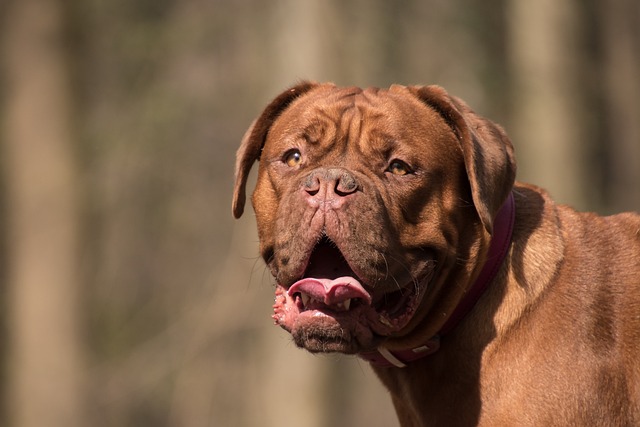
Raising a German Shepherd means prioritizing their unique health needs—from their muscular frame to their tendency for hip and joint issues.

If you’ve noticed a red, itchy rash on your arms or legs shortly after bringing home your new dog, you’re probably wondering: Did my pup cause this?
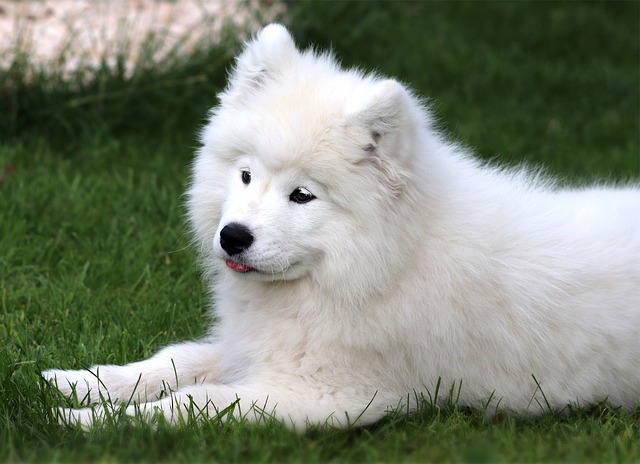
You might’ve noticed your usually energetic pup suddenly curling up on the couch all day, or turning their nose up at their favorite kibble—and wondered if something’s wrong.

Watching your dog scratch until their skin bleeds, sneeze repeatedly, or vomit after meals is heartbreaking—especially when you’re not sure what’s causing their discomfort.
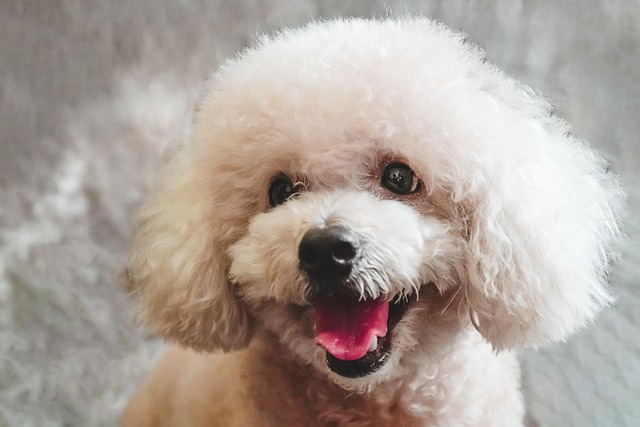
Watching your senior dog slow down is a natural part of life, but it can be heartbreakingly difficult to distinguish between normal aging and signs that they are actually in pain.